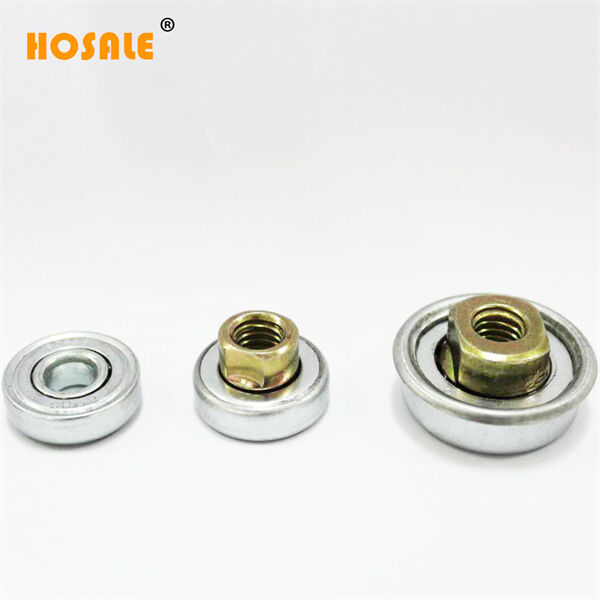Spindle bearings are vital components that can be found in a wide range of machines. They ensure that the moving parts of these machines do not only work with each other well together. Spindle bearings are chiefly intended to attenuate friction. Friction is the resistance that one surface or object encounters when moving over another. Spindle bearings help minimize this friction, allowing parts to move freely and efficiently. These bearings also have to bear the weight of whatever needs to roate or spin, to ensure everything is properly balanced and works as designed.
Spindle bearings are often called bearing sleeves because they aid spindle. Spindles are rotating machined parts, are sticks that are spinning. You can see them in lathes and milling machines, where the cutting of materials occurs. The spindle is an important unit that holds and rotates the workpiece to be machined in these machines.
These bearing sleeve typess have to be really powerful and accurate. That entails being able to take a large amount of pressure without crumbling, and keeping the balls spinning without it all coming crashing down. These are constructed of customized materials, which have the ability to solve the problems that may arise in extreme conditions. They also are heat resistant materials that don not breakdown under heat. They are also capable of working at high speeds, which is necessary for fast-moving machinery and they can withstand demanding loads without breaking down.
Deep groove ball bearings — The most common type of spindle bearing. They are used in a lot of different machines and do exceptionally well with high speed applications. What makes them special is that they are capable of supporting axial loads (load coming from the end) as well as radial loads (load coming from the side). Due to their flexibility of usage, they find use in many applications ranging from small devices to large industrial machines.

They must always be clean: Spindle bearings require a lot of care to maintain their cleanliness. Dirt and debris can create issues and might become fatal. Ensure that they are wiped down frequently, if any dust or dirt was accumulated through time. They need to be kept nice and lubricated for them to operate properly.

Replace (worn) bearings — spindle bearings will wear out at some point and may need to be replaced【2†source】. Be mindful that they do wear out, however, and listen for any indications that they are going, like strange sounds or less-than-stellar performance. As soon as you notice these signals, you have to replace these to keep the machine in working condition.

But there are some important aspects to consider when you are choosing spindle bearings. The machine speed, load, lubrication type, and operational environment should be considered. Selecting the most optimal bearings for the job will keep your machines operating smoothly and efficiently, and can reduce both downtime and maintenance costs.